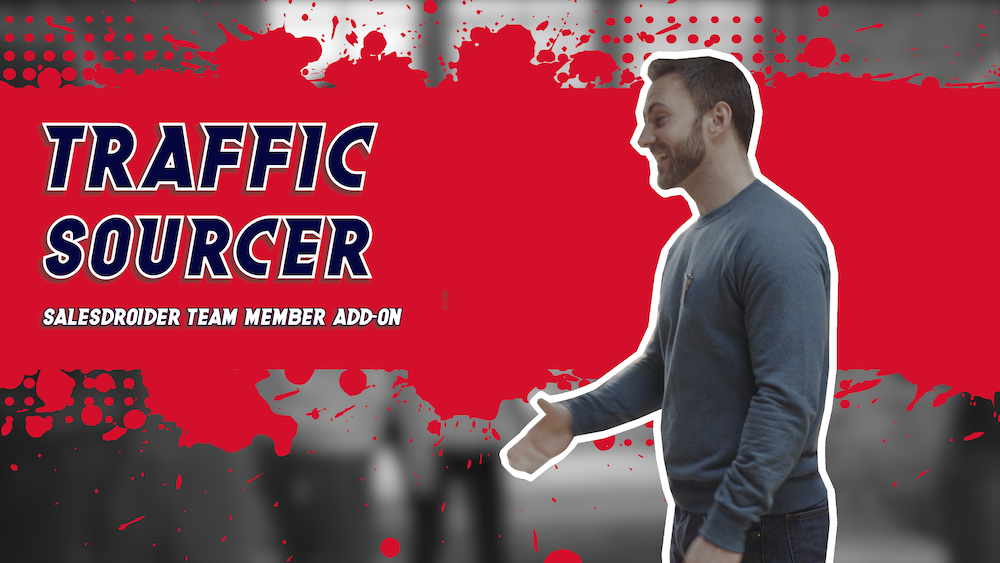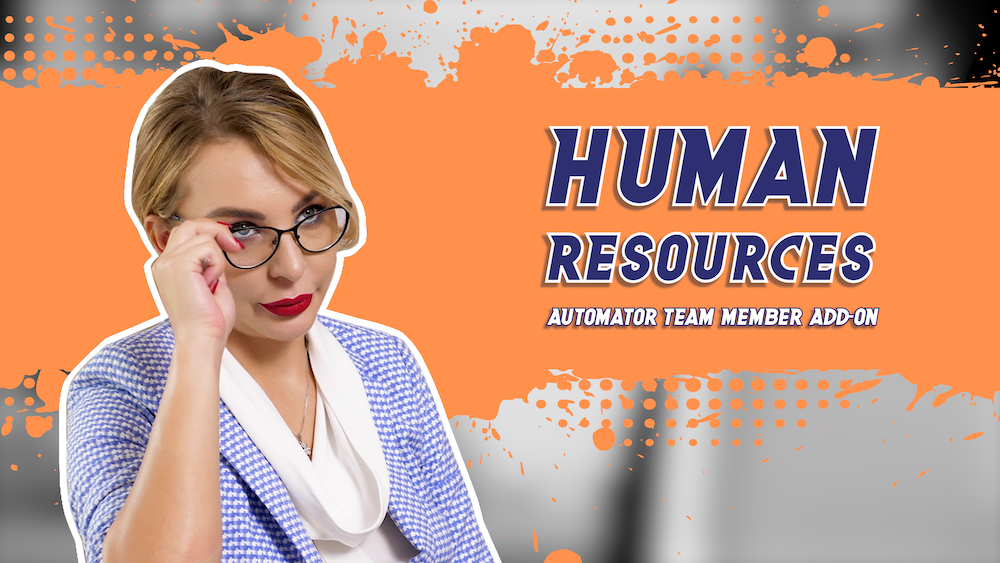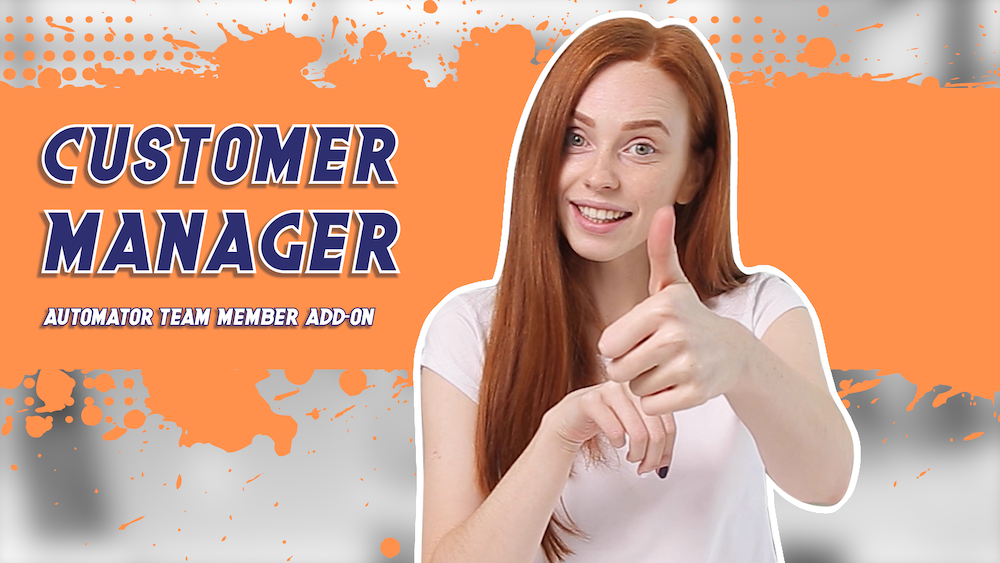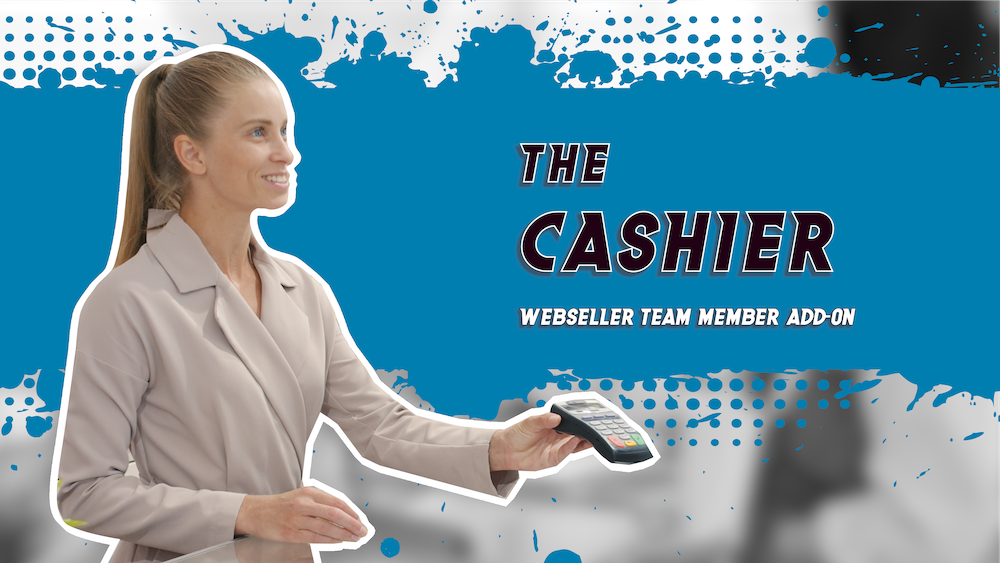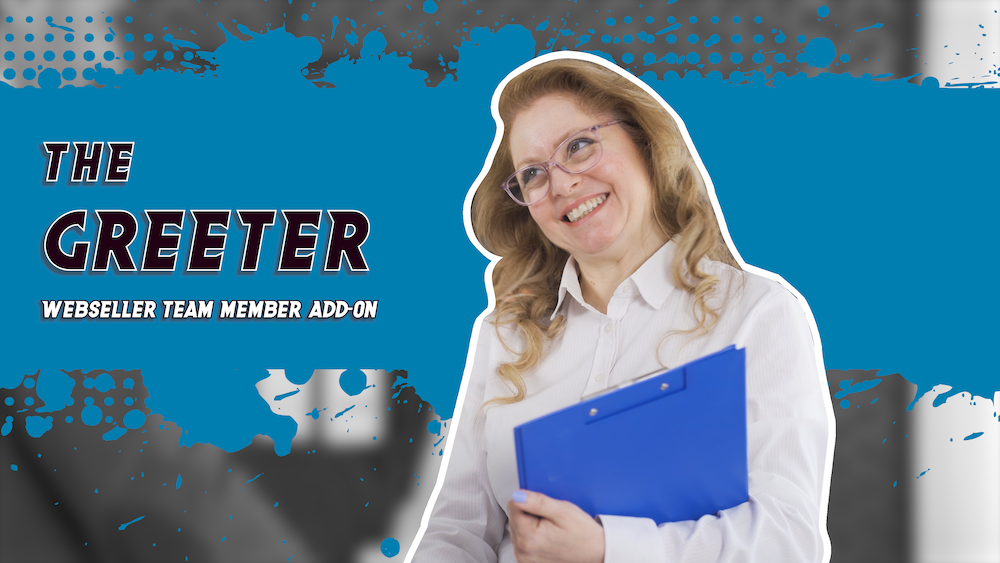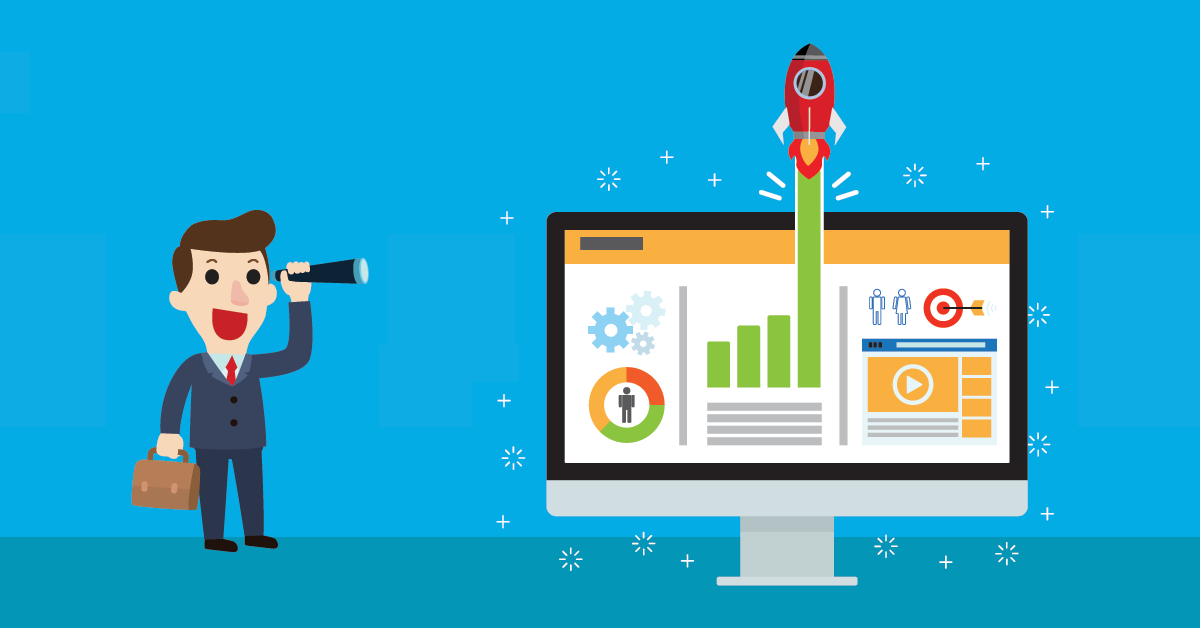
It’s no secret that a great website is one of the best tools to generate new leads. Yet so many businesses are doing it so wrong! They don’t design their website for today’s consumer. Today’s consumer has limitless options to find what they are looking for. Designing your website with the same information as a printed catalog is like trying to catch rain water with a leaky bucket.
Which Type of Website Funnel do you want?
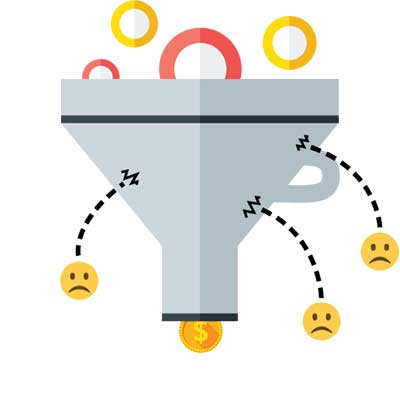
“Leaky” Website Funnel
A leaky website funnel will lose visitors’ interest, and cause them to leave your website.
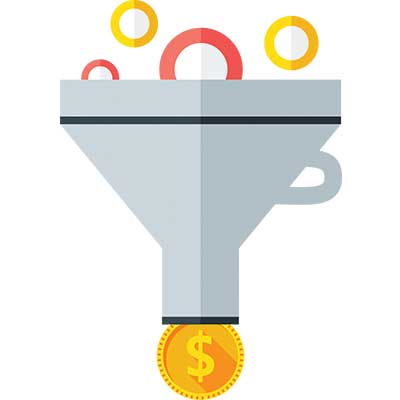
“Sealed” Website Funnel
A sealed website funnel will keep visitors wanting more, and convert them into leads.
There are many components to a sealed website funnel, which you can learn more about in our Free Website Sales Funnel eBook.
The key principle behind a “sealed” website funnel
The key principle of a “sealed” website funnel is courtship. Good marketing mirrors human courtship. To move customers through your funnel to the buying stage, your website needs to not only capture people’s attention, but also capture their interest in wanting to learn more from you.
- Leaky funnels, typically make “closing the deal” the goal for the first interaction.
- Sealed funnels makes “creating a long lasting relationship” the goal of the first several interactions.
Here are 5 ways to improve website lead conversion rate, by sealing leaks in your funnel. Take lead conversion to the next level with the following proven tips:
1. Identify Your Audience’s Problems and Your Solutions
We all visit the internet to find products or services that satisfy a need or solve a problem we have. Be clear about what problem your products or services solve and why it matters to your audience. The first thing today’s customers wants to know is: “How does your product or service benefit them?”
Take time to “walk in your customers shoes”. Scrutinize what your customers really want from what you offer, and what problems you solve for them. Explain them your solution and the benefits they will receive. Understand what motivates their buying decision. Run your ideas by existing customers to see how they react or what feedback they can offer, and deliver content that resonates with them.
2. Identify Your Unique Selling Point (USP)
The internet brings an endless amount of providers offering solutions. Once you’ve identified the solution, you need to know your unique selling point. Let customers know what sets apart your business from the competition. Some ways you can show your uniqueness if through:
- Longer Lasting Solution
- Solves More
- Solves Faster
- More Convenient or Easier process
- User Friendly
Be specific on what you offer, and make it easy for your audience to understand how your offer is different and better than the competition. A clear unique selling point gives your audience clarity why they should buy your offer. If you do not present it clearly, then you have leaks in your funnel and it is sending visitors to your competitors.
3. Create a Funnel Content Strategy Map
Your website content should be written for your audience, include the benefits of your solutions and unique selling point. Review your website and make sure the content is written in this manner. Create a specific goal for all your existing pages, or the main pages of your site.
Map out your website sales funnel content strategy. The concept of a Sales funnel or “Purchase Funnel” marketing strategy was first discovered in the late 1800’s, and is equally or more valuable than the wheel to business owners. The mediums and content style’s have changed over the years, but the nature of human behavior has remained the same, as well as their decision making process.
- Awareness: Authoritative blogs, introduction of new services for repeat customers,etc.
- Interest: Lead magnets or free offers such as: ebooks, white papers, webinars, etc.
- Desire: Tripwires or trial offers such as: free 14-day trial, low cost valuable sample, free consultation, etc.
- Action: Core offer
Sit down with your marketing team or hire a marketing consultant to map out your funnel. Determine the desired actions for each stage of your funnel. Outline the content, services and/or products, and web pages associated with it. Lastly create a series of ad steps for targeting and retargeting through the funnel.
4. Split Test Your Call-to-Action (CTA)
Call to action buttons are the closing motivational phrase to get an action. It is very interesting how slight changes in the Call-to-Action button color, text, and placement can affect conversion rates. Split testing or A/B testing refers to trying different things one variable at a time. We recommend the following split tests:
- Style: color, font, size
- Content: action verb, message, urgency
You may be very surprised on the results, and you will never know for sure till you split test.
5. Set Up Remarketing or Retargeting Campaigns
In sales, persistence pays off! The goal of remarketing is to get them to perform the initial and follow-up conversion actions, to make them a repeat customer. Within your content strategy you will map out the conversion content and conversion products or services; which are what you will be retargeting.
A remarketing campaign is designed to target people who have either:
- visited your website or a specific page on your website
- taken a specific conversion action, e.g. downloading an eBook
To setup your remarketing or retargeting campaign, you will need to first setup website visitor tracking tools on your website. Each advertising platform has its own tracking tools: Google Analytics, Facebook Pixel, Linkedin Insight Tag, Twitter’s Website Tag. I recommend installing all of them (that may apply to you) at once, that way if you ever want to switch platforms you are ready to go, and collecting data.

Optimizing Your Conversion Rate
Following the tips above can significantly improve your website’s conversion rate. We use this strategy with our clients and they have seen huge increases in their website’s conversion rate. For more details, we are offering a detailed guide on how we create successful website sales funnels. Download our Free Website Sales Funnel eBook.


